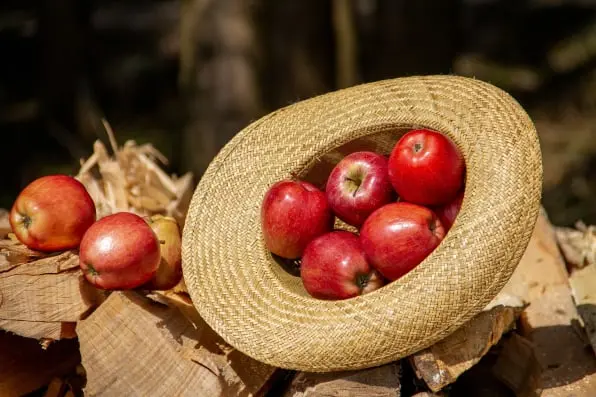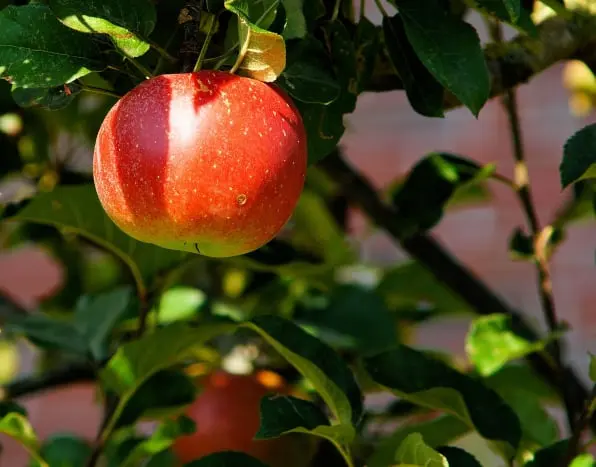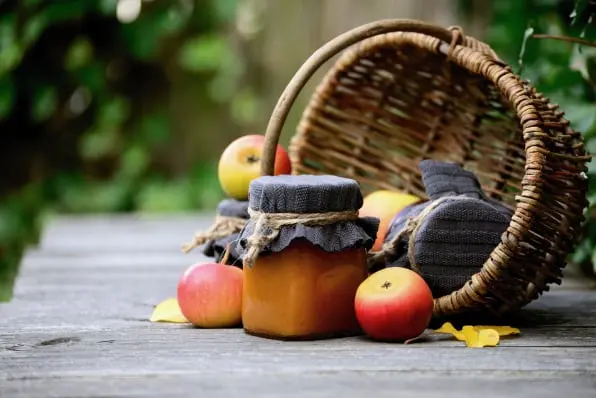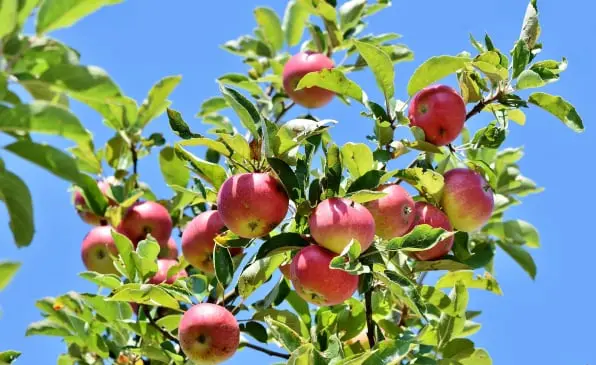Apple Management Software Packing App for long term storage
Apple Management Software Packing App for long term storage App for apple packers processors: manage apple storage, reduce apple shrinkage, full Packing App, packing, sales, shipping, and apple export.

Apple Management Software Packing App for long term storage
View Packing App Specifications.
Apples like it cold (but not freezing), with relatively high humidity. An apple will store the longest at 32°F and 90% humidity. A dark spot is best. Don’t worry if you can’t get those exact conditions—that’s just to get the absolute longest storage time. Even with less-than-ideal conditions, apples can be stored for months.

Apple Management Software packhouse hygiene checklist for food safety
How to store apples in the short-term—the fridge is your friend!
Apples like very cool temperatures (near but not at or below freezing) and a humid environment—which is close to what happens in the fridge! If you live in a dry area, you might consider lightly misting the apples with a spray bottle filled with water every few days to keep the humidity level higher.
Make sure to keep apples away from other produce, as apples release a gas that speeds up the ripening of other produce. That’s why the crisper drawer is so great—it keeps the apples separated.

Apple Management Software Packing App for long term storage
Where to store apples for the long-term without a root cellar:
Back in the day, everyone’s homes had root cellars—cool, dark rooms with high humidity—perfect for storing all kinds of garden and orchard goodies, apples included. Nowadays in modern homes, root cellars are few and far between, but most of us have at least one place in our home that has similar conditions to what apples are looking for. Here are a few options:
Basement: If you have an unheated basement, that’s a perfect spot to keep apples. Even if your basement is heated, you might be able to close the vents in one room or section to create a cool environment. Most basements tend to have higher humidity, but if you live in a particularly dry place or heat with wood (which can be extremely drying), consider using a humidifier or misting the apples regularly with water from a spray bottle.
Garage: An attached, unheated garage is a great spot to store apples as long as it doesn’t regularly freeze—that’s why the attached/unattached distinction is important. Depending on your climate, an unheated unattached garage might get too cold without the ambient heat from the house.

Apple Management Software Supplier Packing App Management
Enclosed porch: If you live in a moderate climate, you might be able to get away with storing your apples in an enclosed porch. Again, just make sure it doesn’t freeze, and also make sure it doesn’t get too warm—apples shouldn’t be stored in a sunroom or sun porch.
Cool room or closet: Every house seems to have at least one room that stays cooler than the others, and an unheated closet in that room might be the right place to store your apples. By the nature of this being in a heated part of the house, it will be warmer than ideal, which will get you a shorter storage time, but it’ll still work!
Red apple nestled in newspaper. A hand holds the apple over a cardboard box.
How to store apples for the winter:
Now that you know where you’re going to store your apples, let’s cover exactly how you should prepare them:
Pick the right apples. Pick unblemished, unbruised, ripe apples from a preferred storage apple (see the list above). Bruised or cut apples will go bad quite quickly and can easily ruin an entire batch (hence the phrase “one bad apple spoils the whole bunch”). Apples with stems tend to store a touch longer than ones without, so if you can pick apples with the stems on, go for it.
Protect each apple. For long term storage, it’s important that the apples don’t touch each other. Wrap each apple individually in newspaper or plain newsprint. If you choose to use recycled newspaper, make sure you double-check with the newspaper about what kinds of inks are used. The vast majority of newspapers nowadays print using soy-based inks, but some still use inks that are heavy with toxic metals and toxic chemicals—obviously not something you want up against your food for months. Also, never use the glossy inserts from newspapers—those more frequently use toxic inks, and they don’t protect the apples in the same way. Other options for wrapping the apples: brown paper bags, butcher paper, and paper towels. You can also skip wrapping the apples, and instead nestle the apples in a box or crate with clean straw, sawdust, or even clean, damp sand. Whatever you choose, make sure to wash your apples well right before enjoying.